Pathologies seen by Chinese Medicine
Traditional Chinese Medicine (TCM) takes a different look at our pathologies. It seeks their origins in order to treat them by restoring balance, the prerequisite for health.
As a preamble, let’s recall a fundamental principle: no doctor cures their patient! It is the patient who is the architect of their own healing, with the help of their doctor, who practices their art through various techniques.
In this spirit, the Chinese doctor is interested in the patient’s health and not their illness. They will diagnose imbalances, potential factors of illness, and use various tools (acupuncture, tuina massage, dietetics, herbal medicine, etc.) to restore the patient’s overall balance, the prerequisite for health.
However, if we choose to talk about illnesses, Traditional Chinese Medicine (TCM) treats all illnesses. In some cases of advanced illness, TCM can improve an individual’s underlying condition and their general state of health. TCM can also seriously delay the progression of a serious illness. It will finally have the great merit of limiting the destructive side effects generated by chemical drugs. A medicine that is 5,000 years old.
A specific diagnosis
Since June 1979, the WHO (World Health Organization) has recognized more than forty-two diseases that can be treated with acupuncture. This list is, of course, exhaustive, given the effectiveness and power of Chinese Medicine, which has been proven for over 5,000 years. However, it is encouraging that the WHO has finally recognized TCM as a medicine in its own right. It is validated in its status as traditional medicine, not complementary or alternative medicine (see WHO document).
Diagnosis in TCM is different from diagnosis in Western medicine. It is therefore misleading to try to translate Western terms to find their correspondence in Chinese medicine.
To understand the difference between the approaches of these two medicines, let’s look at two types of images: the first is a photograph, the second is a film.
Allopathic medicine will observe a photograph, that is, an apparent situation at a given time characterized by one or more symptoms. It will make its diagnosis based on what it can observe. Of course, since what is not in the photo cannot be taken into account, being invisible!
TCM treats imbalances, the source of disease
Chinese medicine, on the other hand, observes a film, a moving image. During the diagnosis, TCM gathers information about the patient’s past, their current health, of course, but also about potential health changes. It thus observes the film of life. Through its holistic approach, it observes energetic imbalances and their impact on the patient’s physical, emotional, and psychological dimensions. Thus, Chinese medicine can treat imbalances before they become symptoms or illnesses.
Who would think of comparing cinema and photography? Even if it is possible to take a still from a film!…
Thanks to its holistic study of the human being, TCM does more than treat symptoms; it targets the root cause of the illness. It takes into account all aspects (emotional, physical, and psychological) of the patient.
Finally, TCM is a natural medicine, which does not use any chemical drugs and therefore does not induce any side effects in the patient. This is no small advantage!
To conclude, a little common sense! Would Chinese medicine, one of the oldest in the world, have survived if it hadn’t proven its effectiveness and provided solutions to all the ills of its people?

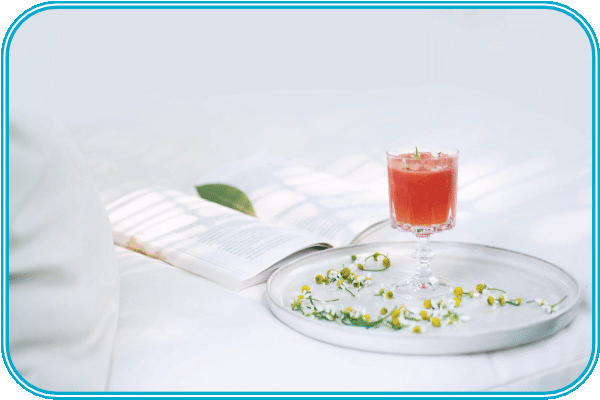
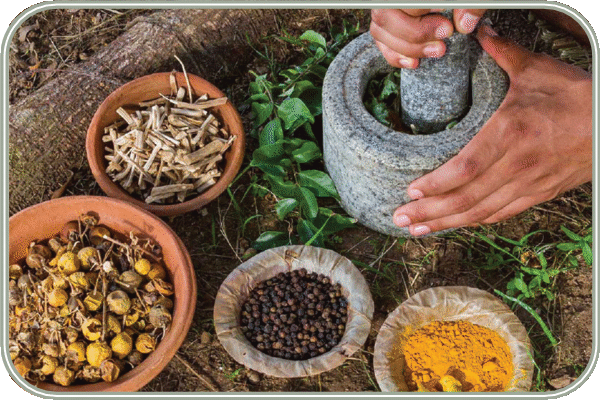
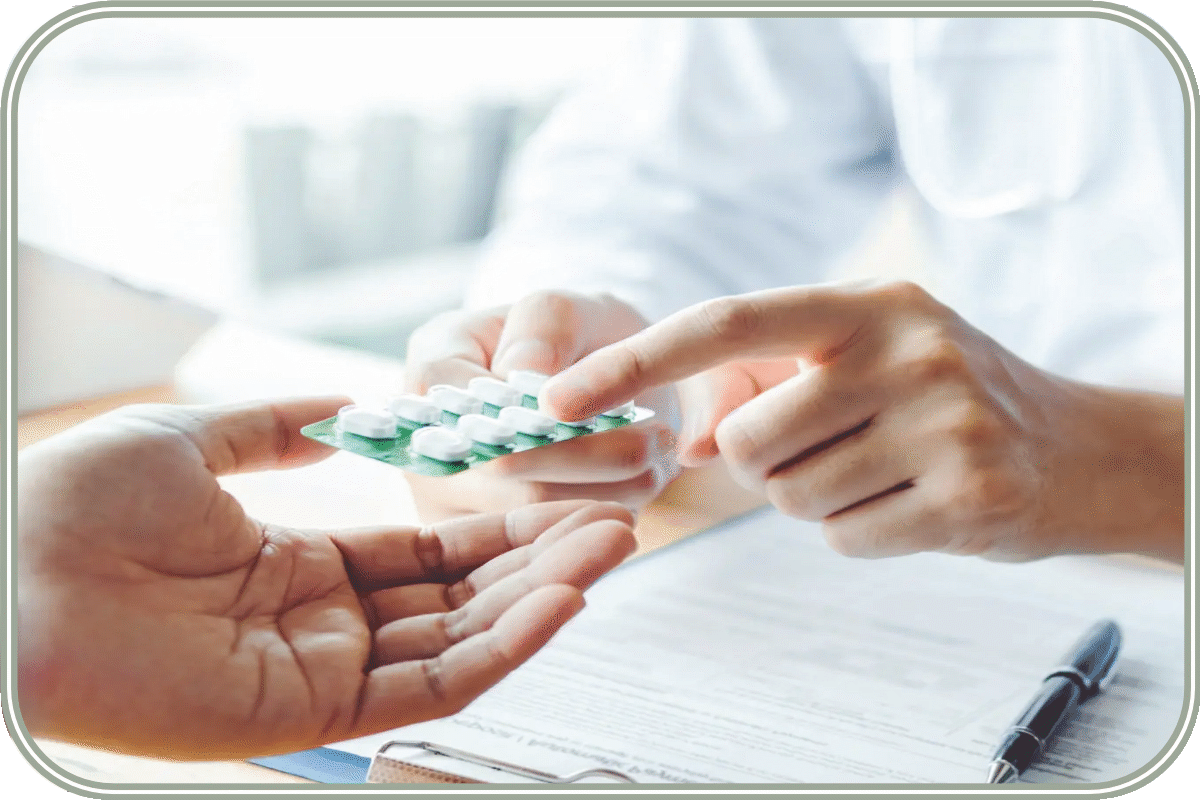
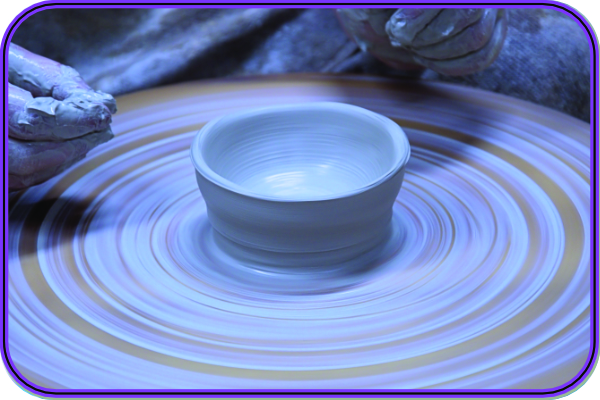
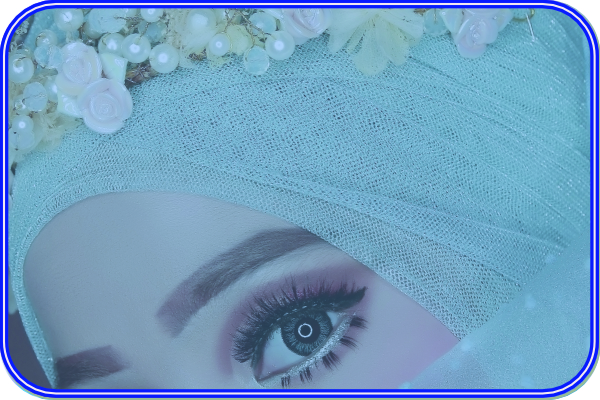

Greetings I am so happy I found your website, I really found you by accident, while I was researching
on Google for something else, Nonetheless I am here now and would just like to say cheers for a tremendous post and a
all round enjoyable blog (I also love the theme/design),
I don’t have time to read it all at the moment but I have book-marked it and also added your RSS feeds, so
when I have time I will be back to read much more, Please do keep up the superb work.
Thank you so much for your feed-back and lovely message :)
Hi there to all, for the reason that I am genuinely keen of reading this website’s post to be updated on a regular basis. It carries pleasant stuff.